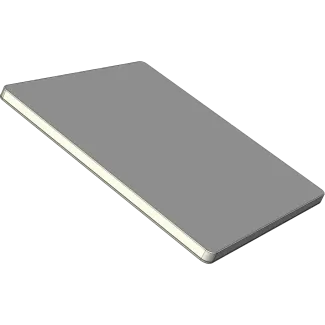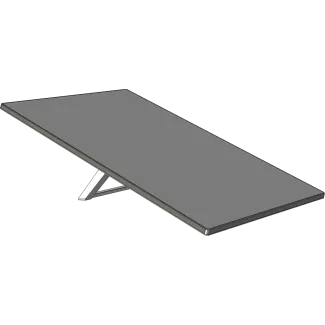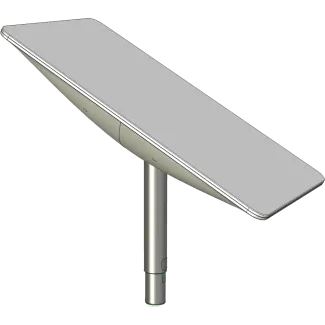Starlink, initiated by US company SpaceX in January 2015, is a satellite network project aimed at providing satellite internet connectivity. The project's primary objective is to deliver broadband services globally, particularly to underserviced areas of the planet. Starlink's constellation comprises thousands of mass-produced small satellites, orbiting in low Earth orbit (LEO), working in combination with ground transceivers. SpaceX intends to provide satellite internet connectivity to underserviced areas of the planet, as well as provide competitively priced service to urban areas. The project also has a long-term goal of providing internet services to Mars.

History of Starlink
The inception of what would become the Starlink project can be traced back to 2007 with the establishment of O3b Networks by Greg Weiler. This venture, supported by significant shareholders such as SES, Google, HSBC, and Liberty Global, aimed to connect the "Other 3 billion" (O3b) people without internet access through a constellation of satellites in medium Earth orbit. Despite its success, the high cost of required ground equipment limited its accessibility.
The evolution towards a more personal and affordable satellite internet solution gained momentum within Google around 2013-2014, spearheaded by Mark Krebs and involving Greg Wyler. However, due to undisclosed disagreements, Wyler departed to start OneWeb, while Elon Musk, with Google's backing, embarked on a similar project in 2014, which would eventually be known as Starlink.
Starlink's development accelerated with significant milestones, including the opening of a Redmond office in 2015 and numerous FCC filings for constellation approvals across different frequency bands and satellite numbers. The project began with the launch of test satellites in February 2018, followed by rapid advancements in satellite deployment, regulatory approvals, and technical innovations such as laser communication links between satellites.
Its operational phase kicked off with the launch of the first 60 satellites in May 2019, marking a transition from research and development to mass production and regular launches. By November 2020, Starlink moved to public beta, offering users download speeds exceeding 150 Mb/s and building a groundswell of market interest. Commercial services officially commenced in 2021, initially available through pre-orders in the U.S. and Canada.
Products by this Supplier
There are 4 products in the database for this supplier.



